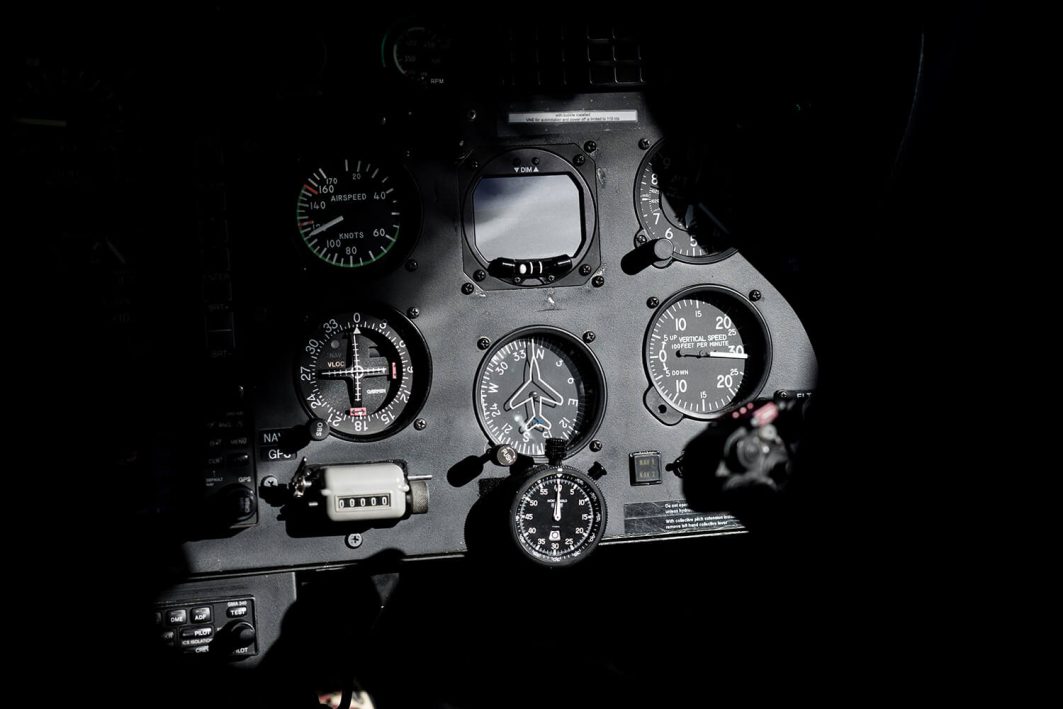Long before sustainability became a buzzword in aviation, FACC was already providing eco-friendly and cost-efficient lightweight solutions. In 1984, five years before the company was founded, we were developing and producing door frames for the MD-80 family. By using advanced composite materials, we were reducing the component’s weight by 20% compared to aluminum alternatives.
Conservation through
Innovation
Lightweight construction
saves airlines money
Sustainability measures are not only a question of ecological responsibility, but also bring economic benefits: Fuel-efficient aircraft consume less fuel, which leads to significant cost savings for airlines, making flying affordable for a wider audience.
Blended & Split Scimitar Winglets
Blended and Split Scimitar Winglet technology developed by Aviation Partners Boeing and manufactured by FACC works to benefit the environment in two ways: by burning less fuel and reducing CO₂ emissions compared to aircraft without winglets.
These winglets, developed for the Boeing Next-Generation 737, among others, have been attached to more than 10,000 business and commercial aircraft since the 1990s, reducing drag and improving fuel efficiency by up to 7%.

Kilogrammes of CO₂ saved
Liter of fuel saved

Kilogrammes of CO₂ saved
Euro Operational Fuel cost Savings

Split Scimitar Winglet modification
The fight against climate change is driving significant transformations in the mobility sector. As a global industry leader, FACC has set ambitious net-zero targets and developed both short- and long-term emission reduction goals to achieve net-zero by 2040.
Circular economy

Lebenszyklusanalyse
Life Cycle Assessment (LCA) evaluates the ecological impact of a product from creation to disposal. In 2022, FACC and Airbus conducted a comprehensive LCA for the “Wing of Tomorrow,” analyzing CO₂ emissions and material usage at every process step, highlighting their commitment to sustainability and innovation.
Recyling Carbon Fibres
At FACC, we prioritize repairing aircraft parts to minimize remanufacturing. We’re also exploring carbon fibre recycling with the Linz-based start-up Carbon Cleanup. Using advanced processing plants and collection containers with cameras, sensors, and software, we classify and convert carbon fibres into pellets. These pellets can be used in injection moulding or 3D printing to create products like furniture and sunglasses.









